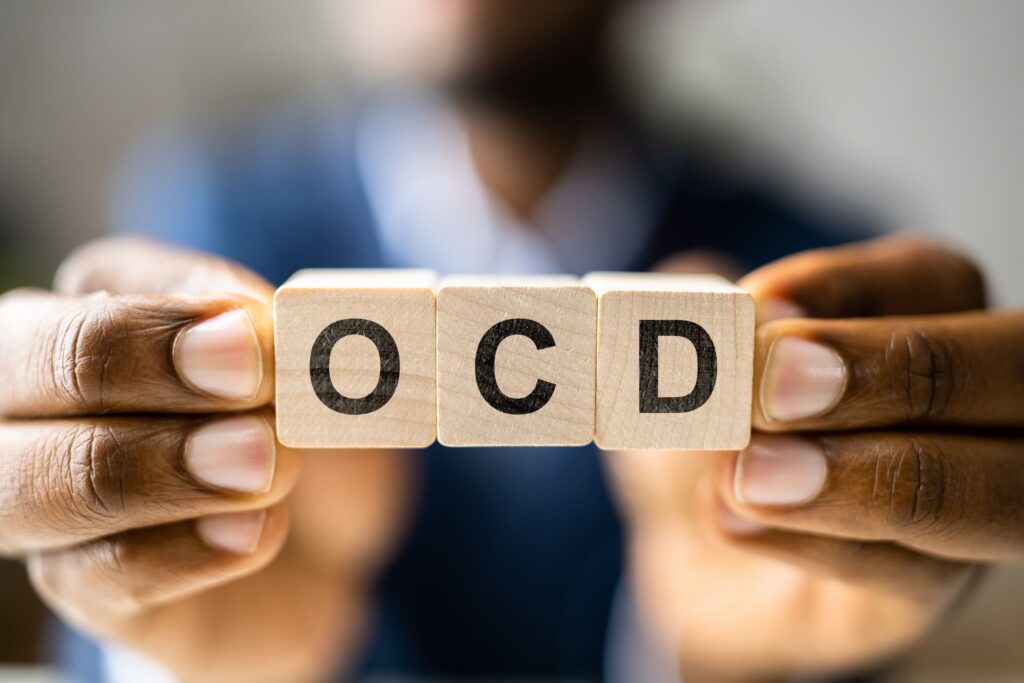OCD Therapy: Effective Strategies for Lasting Relief

Obsessive-compulsive disorder – OCD therapy focuses primarily on reducing the repetitive thoughts and behaviors that interfere with daily life. The most effective approach combines cognitive-behavioral therapy (CBT), specifically exposure and response prevention (ERP), with medication when necessary. This therapy helps individuals confront their fears while learning to resist compulsions, significantly easing symptoms.
Diagnosis and treatment planning require careful assessment because OCD symptoms can overlap with other mental health conditions. A tailored treatment plan often includes structured therapy sessions with a trained professional, aiming to gradually reduce the distress caused by obsessive thoughts and compulsive actions.
OCD therapy is not a quick fix but a structured process that encourages long-term symptom management. Understanding how these therapies work and their potential benefits can empower those affected to seek appropriate help and improve their quality of life.
OCD Therapy Approaches
Treatment for OCD involves specific types of therapy and medications that target the disorder’s unique symptoms. These approaches focus on changing thought patterns, reducing compulsive behaviors, and managing the neurological aspects related to OCD.
Cognitive Behavioral Therapy for OCD
Cognitive Behavioral Therapy (CBT) for OCD focuses on identifying and modifying distorted thoughts that trigger compulsive behaviors. It helps patients recognize irrational fears and develop healthier thinking patterns.
CBT uses cognitive restructuring to challenge obsessive beliefs. This reduces the anxiety driving compulsive actions. Therapy sessions often include homework assignments to practice new skills in everyday situations.
A therapist trained in OCD treatment guides patients through this process. CBT is evidence-based and widely recommended as an effective first-line psychological treatment.
Exposure and Response Prevention
Exposure and Response Prevention (ERP) is a specific behavioral therapy targeting compulsions directly. It involves gradual and controlled exposure to feared situations or thoughts without performing compulsive rituals.
This method reduces anxiety over time by breaking the association between obsessions and compulsive responses. Patients learn to tolerate distress and resist compulsive urges.
ERP requires consistent practice and therapist support to be successful. It is considered one of the most effective treatments for reducing OCD symptoms and preventing relapse.
Medication Options
Medication for OCD primarily involves selective serotonin reuptake inhibitors (SSRIs). These drugs increase serotonin levels in the brain, which can help regulate mood and reduce obsessive-compulsive symptoms.
Common SSRIs prescribed for OCD include fluoxetine, sertraline, and fluvoxamine. Dosages may be higher than those used for depression and require close monitoring.
Some patients benefit from adjunctive medications if SSRIs are insufficient. Medications alone are often combined with therapy for best results.
Combining Therapy Methods
Combining CBT or ERP with medication improves treatment outcomes for many individuals. Medication can lower symptom severity enough to enhance therapy effectiveness.
Integrated approaches allow patients to engage more actively in behavioral therapies. This combination addresses both psychological and neurochemical components of OCD.
Therapists and psychiatrists collaborate to tailor treatment plans, adjusting therapies and medications based on symptom response and side effects.
Finding and Beginning OCD Therapy
Starting OCD therapy involves careful choices and clear preparation. Patients benefit from selecting a therapist with proper credentials, knowing how to prepare for their initial sessions, and setting achievable goals to track progress effectively.
Selecting a Qualified Therapist
A qualified OCD therapist should have specialized training in cognitive-behavioral therapy (CBT), especially exposure and response prevention (ERP). These are the most evidence-based treatments for OCD. Credentials to look for include doctoral or master’s degrees in psychology, social work, or counseling.
Beyond degrees, the therapist’s experience specifically treating OCD matters. It is important to check if they have a history of successful ERP implementation. Patients should confirm the therapist’s licensing and seek recommendations or reviews when available.
Accessibility is also key. Many therapists now offer online sessions, increasing options. However, therapy should always be with a professional who understands OCD deeply and can tailor treatment to the individual’s symptoms.
Preparing for Your First Session
Before the first session, it is helpful for the patient to write down key symptoms, triggers, and how OCD affects daily life. This information provides the therapist with a clear starting point and saves time.
Patients should prepare to discuss any previous mental health treatments and any medications taken. Being honest about fears, expectations, and concerns helps the therapist develop a suitable approach.
Questions to ask the therapist include their experience with OCD, the specific methods they use, session frequency, and how progress is measured. This ensures therapy matches the patient’s needs and preferences.
Setting Realistic Treatment Goals
Therapy goals for OCD should be concrete and measurable, such as reducing the frequency of compulsive behaviors or improving coping skills. Patients and therapists should collaborate to set these targets early.
It’s important to recognize that OCD therapy is a gradual process. Quick elimination of symptoms is unlikely, so goals should focus on steady improvement rather than immediate cure.
Tracking progress regularly helps maintain motivation. Goals can be adjusted based on the patient’s changing needs and response to therapy. This approach fosters realistic expectations and sustained commitment to treatment.

